Resolution 57 - the driving force to realize aspirations
On October 22 in Vinh Long, Vinh Long Provincial Party Committee coordinated with the Central Propaganda and Education Commission and the Ministry of Science and Technology to organize a conference to promote breakthroughs in science and technology development, innovation and digital transformation to promote Vietnam's socio-economic development.
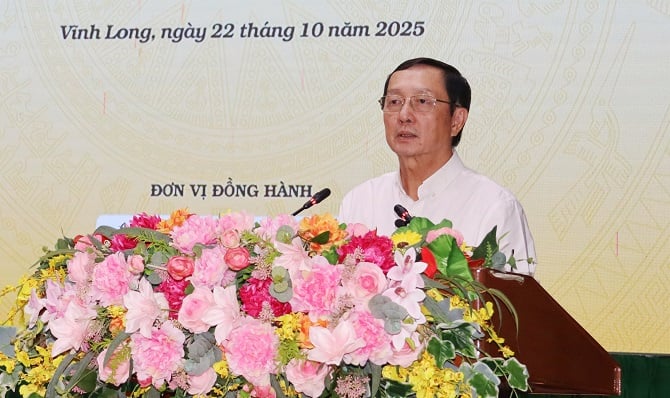
Mr. Huynh Thanh Dat - Deputy Head of the Central Propaganda and Mass Mobilization Commission delivered the opening speech at the conference .
In his opening speech, Mr. Huynh Thanh Dat - Deputy Head of the Central Propaganda and Mass Mobilization Commission, said that the conference is part of a series of events held in the three regions, aiming to spread the spirit of Resolution No. 57 of the Politburo on breakthroughs in science and technology development, innovation and national digital transformation - considering this as the main driving force to realize the aspiration of Vietnam becoming a developed, high-income country by 2045.
Mr. Dat emphasized that the conference is not only a forum for updating policies but also a place for frank exchange of practices, sharing models and experiences, and identifying action focuses for each region, locality and industry.
Delegates and scientists presented many valuable papers, notably the Law on Science, Technology and Innovation 2025, along with breakthrough financial policies, strategic technology portfolio, orientation for training high-tech human resources and socio -economic development in the Mekong Delta region.
According to Mr. Tran Van Lau - Secretary of Vinh Long Provincial Party Committee, the locality has achieved many important results in implementing Resolution 57. Science, technology and innovation activities have been encouraged, attracting strong social investment. In particular, the "Digital Education for All" movement with more than 95,000 participants has helped improve digital skills for officials and people, bringing Vinh Long's Provincial Innovation Index (PII) in 2024 to the top group in the region.
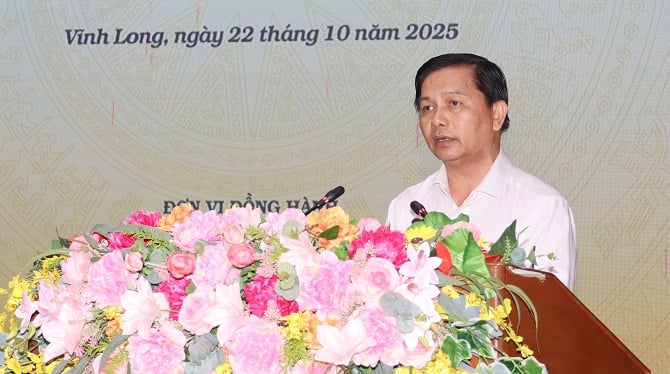
Mr. Tran Van Lau - Secretary of Vinh Long Provincial Party Committee spoke.
Notably, the Law on Science, Technology and Innovation 2025, passed by the 15th National Assembly, effective from October 1, 2025, is considered an institutional turning point in the field of science. The law allows research organizations to fully own, manage and exploit results and assets generated from the state budget, instead of having to repay or transfer capital as before.
"The mechanism of spending on final products helps reduce administrative procedures, encourages innovation, and at the same time the state accepts controlled risks in research, exempting scientists from responsibility if they follow the correct process. For the first time, the state budget is allowed to spend on innovation and creative startups, while businesses can flexibly use science and technology funds for research, venture capital and technology transfer.
Tax incentives, priority bidding for domestic research products, and the establishment of science, technology, and innovation development funds from central to local levels are expected to strongly unleash social resources. In addition, the model of "chief engineer" - a prestigious expert, fully empowered in terms of technology, human resources, and finance will ensure professionalism and efficiency for strategic technology programs," the Vinh Long Provincial Party Secretary acknowledged.
The inevitable path to breakthrough
In parallel with institutional reform, the Government issued Decision 1131/QD-TTg dated June 12, 2025, identifying 11 strategic technology groups and 35 strategic technology product groups as the foundation for the development of the digital economy and future industry. Priority areas include artificial intelligence (AI), big data, new materials, clean energy, biotechnology, semiconductors, blockchain and autonomous robots.
Many typical products will be deployed in 2025 such as the Vietnamese language model, AI cameras for edge processing, 5G devices, blockchain infrastructure and drones - symbols of national technological capacity in the integration period. The government aims to allocate at least 15% of the science and technology budget to strategic technology research, while promoting public-private partnerships to form technology clusters, key experimental centers and national innovation ecosystems.
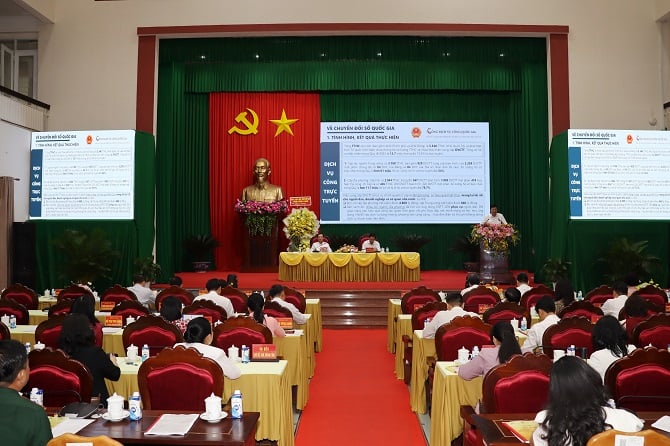
The conference on breakthroughs in science, technology, innovation and digital transformation emphasized the need to connect policy and action to create new growth drivers.
One of the key factors is the development of high-tech human resources. The State implements scholarship policies and orders training for engineers and PhDs in strategic fields such as AI, microchips, and renewable energy; at the same time, applies special incentives on income, tax, and residence to attract international experts and overseas Vietnamese to participate in research.
From practice, Vinh Long province has shown that when the resolution is concretized by action, science and innovation can become a real driving force for growth. The province has implemented 373 scientific tasks, including 17 national-level tasks, creating 15 new plant varieties and hundreds of high-tech agricultural models, contributing to increasing productivity and the value of key products.
Along with that, the digital government and digital economy infrastructure is built synchronously: more than 31,000 official email accounts, 11,000 digital signatures, 2,000 products participating in e-commerce platforms, 100% of medical facilities examining and treating patients with citizen identification cards, cashless payments are popular at markets and supermarkets. The "Digital Education for All" program helps people participate more deeply in the digital economy.
However, the innovation journey still faces many challenges: the technological capacity of enterprises is still weak, high-quality human resources are lacking, and research commercialization activities are uneven. Therefore, the conference agreed on the need for close coordination between the Central - local - enterprises - institutes and schools, considering innovation as a measure of the development capacity of each industry and each region.
The message emphasized throughout the conference: “Science, technology, innovation and digital transformation are not only pillars of development, but also the inevitable path for Vietnam to break through, become self-reliant and firmly integrate in the digital age”.
Source: https://doanhnghiepvn.vn/cong-nghe/dot-pha-the-che-de-khoi-thong-nguon-luc-khoa-hoc-cong-nghe-va-doi-moi-sang-tao/20251022125004438


![[Photo] General Secretary To Lam and his wife begin their official visit to Bulgaria](https://vphoto.vietnam.vn/thumb/1200x675/vietnam/resource/IMAGE/2025/10/23/1761174468226_tbtpn5-jpg.webp)

![[Photo] Prime Minister Pham Minh Chinh chairs meeting on nuclear power plant construction](https://vphoto.vietnam.vn/thumb/1200x675/vietnam/resource/IMAGE/2025/10/22/1761137852450_dsc-9299-jpg.webp)
![[Photo] Da Nang: Shock forces protect people's lives and property from natural disasters](https://vphoto.vietnam.vn/thumb/1200x675/vietnam/resource/IMAGE/2025/10/22/1761145662726_ndo_tr_z7144555003331-7912dd3d47479764c3df11043a705f22-3095-jpg.webp)
![[Photo] Award Ceremony of the Political Contest on Protecting the Party's Ideological Foundation](https://vphoto.vietnam.vn/thumb/1200x675/vietnam/resource/IMAGE/2025/10/22/1761151665557_giaia-jpg.webp)
![[Photo] Comrade Nguyen Duy Ngoc visited and worked at SITRA Innovation Fund and ICEYE Space Technology Company](https://vphoto.vietnam.vn/thumb/1200x675/vietnam/resource/IMAGE/2025/10/23/1761174470916_dcngoc1-jpg.webp)
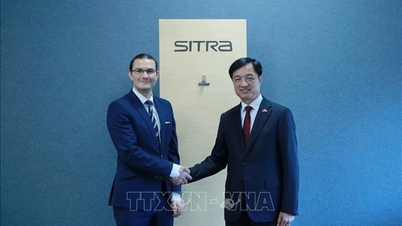

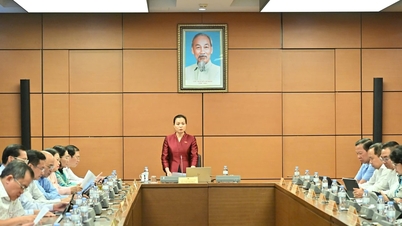

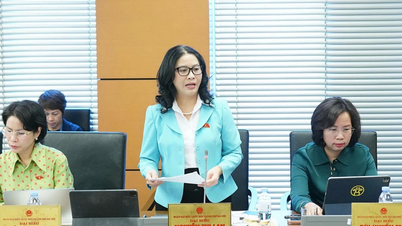

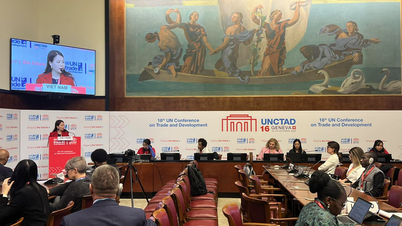

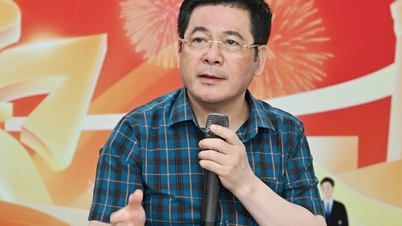

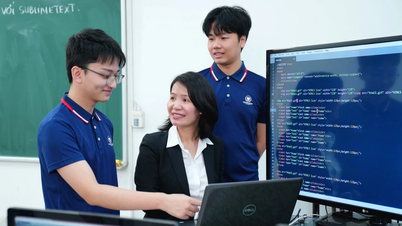


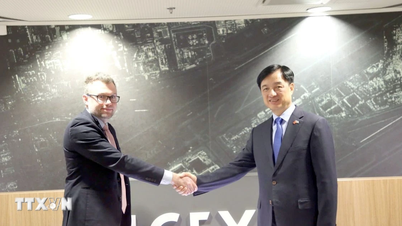

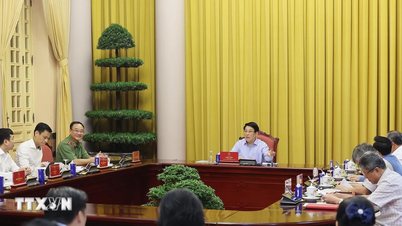

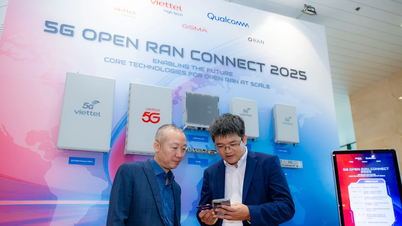




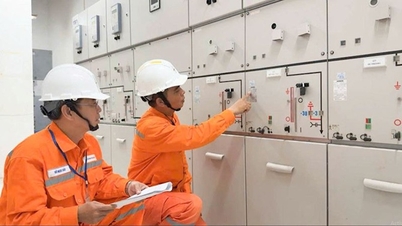

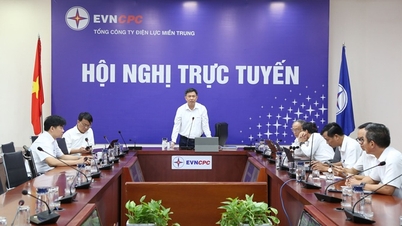
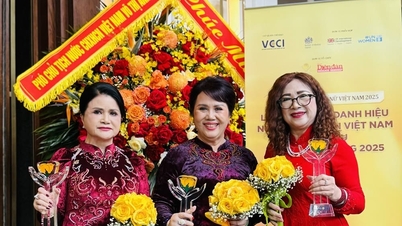
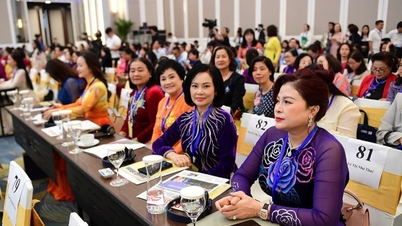











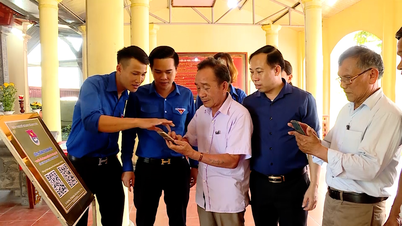









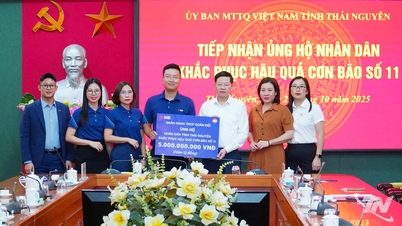


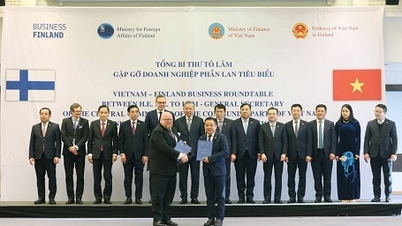












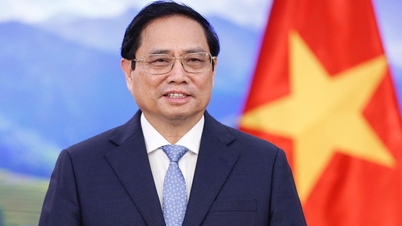

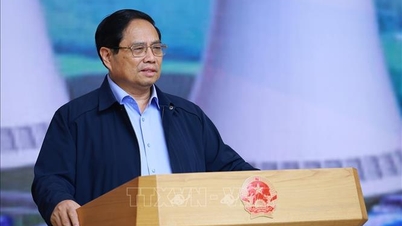


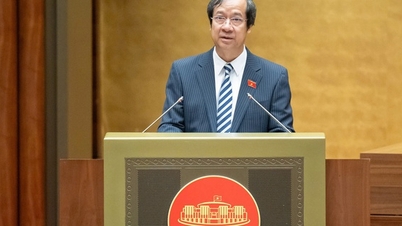

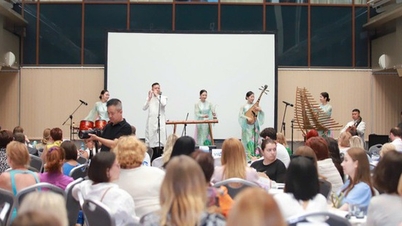
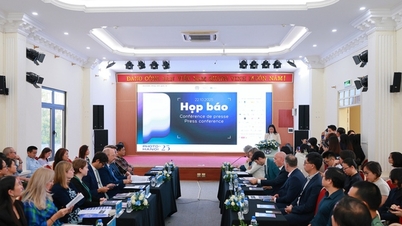
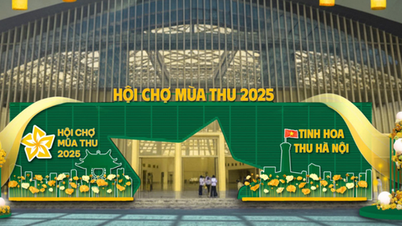
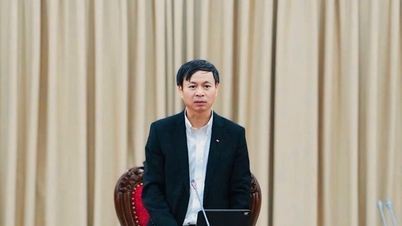

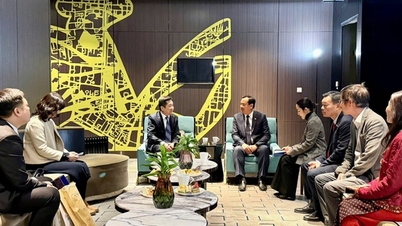




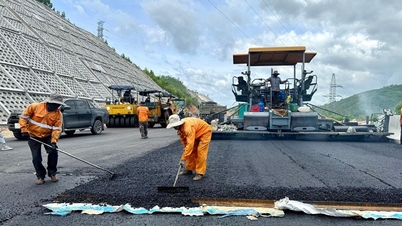



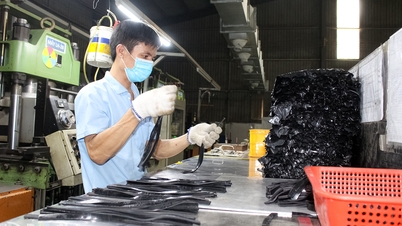

















Comment (0)